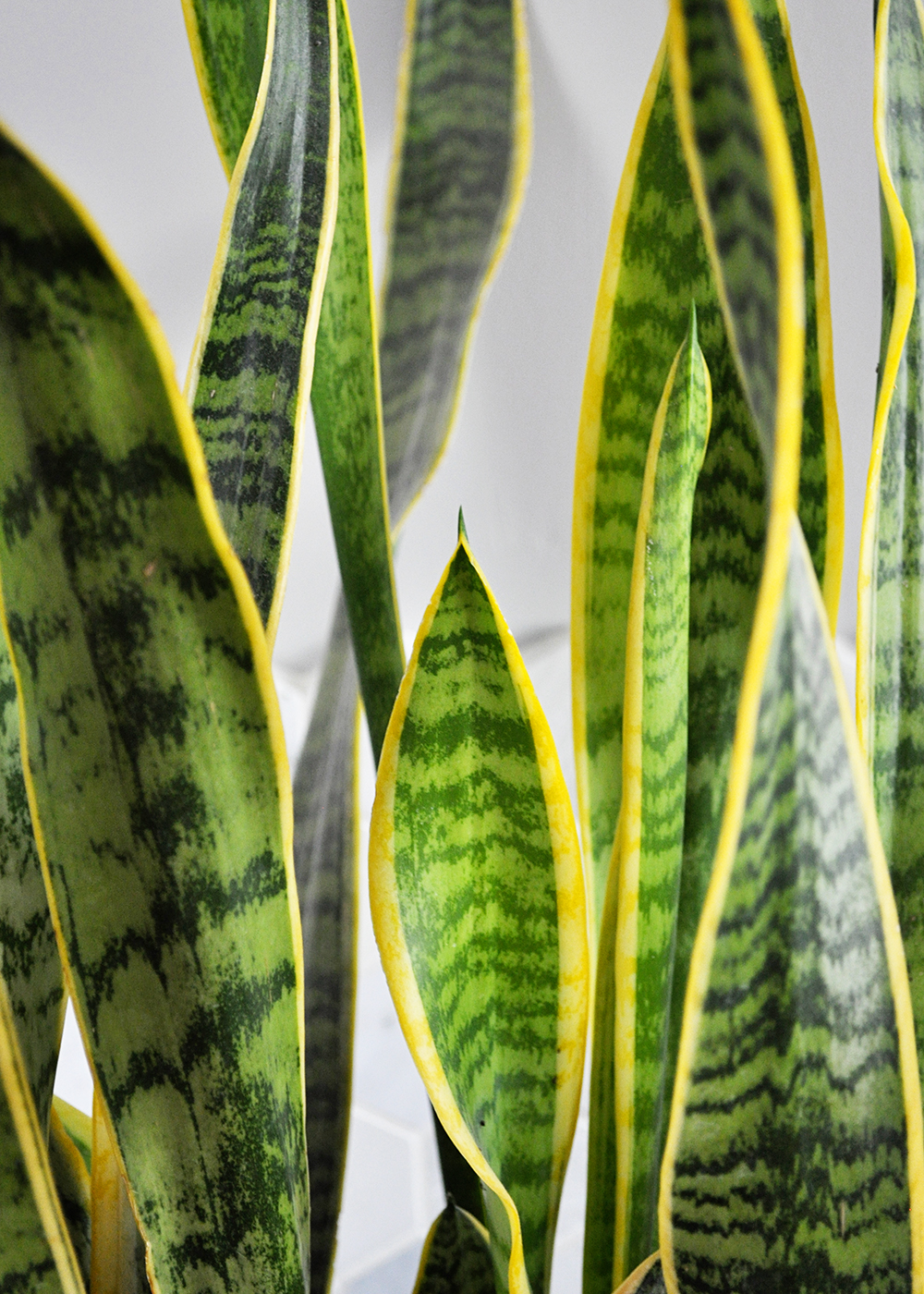Some Of Snake Plant Leaves Turning Yellow
Wiki Article
Some Known Incorrect Statements About Snake Plant Leaves Turning Yellow
Table of ContentsSnake Plant Leaves Turning Yellow Things To Know Before You Get ThisThings about Snake Plant Leaves Turning YellowSnake Plant Leaves Turning Yellow for BeginnersTop Guidelines Of Snake Plant Leaves Turning YellowThe 10-Second Trick For Snake Plant Leaves Turning Yellow
If overwatering in serpent plants is not fixed, the yellow patches of your mother-in-law's tongue plant will turn dark brownish or black. To eliminate any type of other root causes of snake plant fallen leave yellowing, remove the plant from its pot and evaluate the origins to see if they're soggy and have a nasty odor.
Here's how to conserve a snake plant that's transforming yellow: Quit irrigating your serpent plant till the soil runs out totally if the yellowing is because of overwatering. Return to watering, but not greater than once per week. As a regulation of thumb, stay clear of watering your snake plant until the top 2 inches of the soil really feel completely dry.
This will certainly help to boost water drainage rates, considering the high temperature level and sunlight problems throughout the day. Correct drain requires utilizing a fast-draining dirt mix and a growing pot with water drainage holes at the base. It is best to make use of a soil mix which contains perlite and coarse sand for rapid drainage.
Snake Plant Leaves Turning Yellow Things To Know Before You Buy
There's a silver lining as you can grow new plants by propagating the couple of continuing to be fallen leaves that are still healthy and balanced. Snake Plant Leaves Turning Yellow. ReferencesAlso, pests, disease, overfeeding, absence of some nutrients, or being rootbound are possible reasons. Let us now look at each of these causes. We mean to give you typical indicators connected with each factor and what to do. Water is crucial in taking in nutrients essential for chlorophyll. Lack of water triggers the disintegration of chlorophyll.

A massive one may cause overwatering, and if it is too small, your plants will dry out promptly. Last but not the very least, never ever adhere to you can try these out a serpent plant watering session.
Little Known Questions About Snake Plant Leaves Turning Yellow.
If not, offer some top watering. Obtain a harsh price quote on just how frequently you water your serpent plant and set a tip to stay clear of overlook. But prior to watering, initially, really feel the soil with your finger. Light is required for the biosynthesis of chlorophyll in all blooming plants. Also much will certainly degrade chlorophyll.In warm summer seasons or during heat waves, take your plants to cooler areas. Do not place your plants near house heating system vents, radiators, fireplaces, or anything that sends out warmth.
Stunted growth is one more indication. It triggers enzymes entailed in chlorophyll development. An absence will certainly create in-between blood vessels yellowing on young fallen leaves. Also, there will certainly be slow-moving development and sunken tan places on the yellowed locations. When it is doing not have, plants gather nitrates yet fall short to utilize them to make healthy proteins.
Although serpent plants have a document for being almost difficult to eliminate, they nevertheless experience a fair check this share of issues. You are not the just one that has actually seen that your serpent plant's fallen leaves are turning yellow. We will analyze the reasons serpent plant leaves turn yellow and exactly how to take care of it.
Snake Plant Leaves Turning Yellow Can Be Fun For Anyone
Considering that snake plants are susceptible to root rot, they will certainly not thrive if sprinkled excessively. This is typically the excellent equilibrium if you allow your plant dry yet do not let it remain completely dry. You can water your have a peek at this website plant once more as soon as the dirt seems dry to the touch.A wet container will certainly weigh considerably much heavier than a completely dry pot, so ultimately, you should certainly be able to establish just how dry your crop is based upon the mass of its container. Snake plant leaves may end up being yellow if you allow your plant dry out, after that wait till the dirt is completely dry prior to rewatering.
You require to think about greater than simply how frequently you water serpent plants. You likewise must consider what strikes the liquid when it is put in the pot. After sprinkling your plant, you should not let the roots linger in water for a few days due to the fact that this can cause root rot.
Yellowing leaves can be treated by offering the snake plant the best surroundings and interest. Below are some of the factors snake plants turn yellow and soft.
The Single Strategy To Use For Snake Plant Leaves Turning Yellow
You just require to provide adequate supply and guarantee right drainage to enable the extra water to drain out. Not way too much nor as well little; there will be an ideal environment for fungis ailments if there is any kind of standing water. The serpent plants can be watered every two to 6 weeks.
After putting them in the morning sun, you will certainly observe that snake plants' growth price would enhance and appear much healthier. Placing them in the outdoor early morning sunshine will need more water, so once per week is sufficient. Nevertheless, if the area receives excessive sunshine and the surface feels completely dry, you can sprinkle them two times weekly.
Report this wiki page